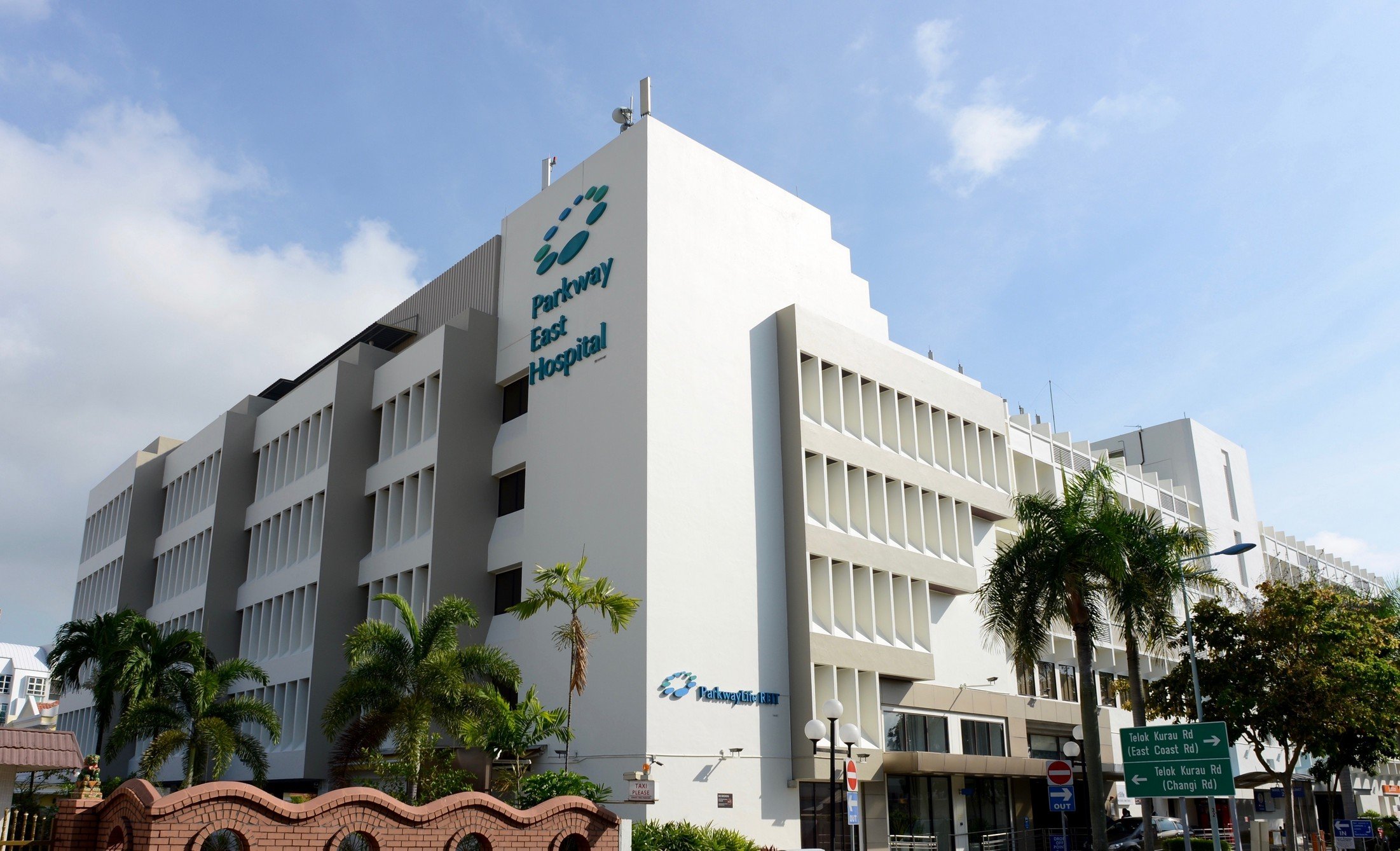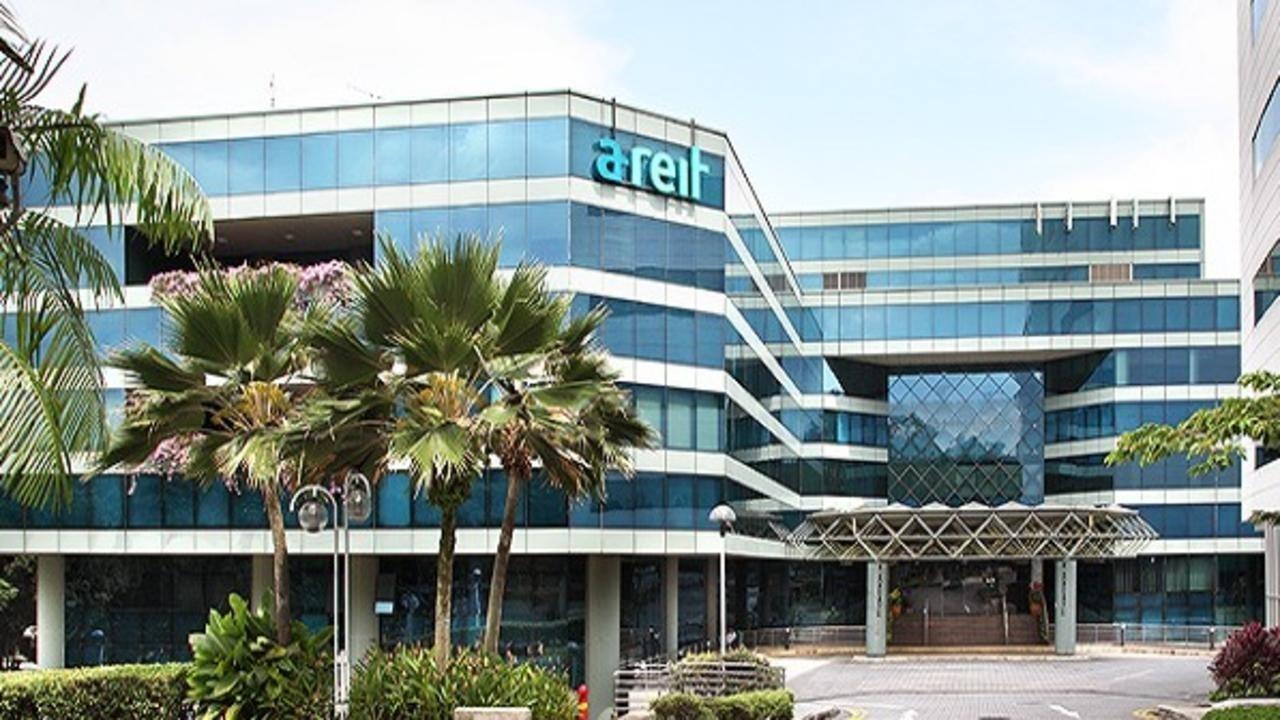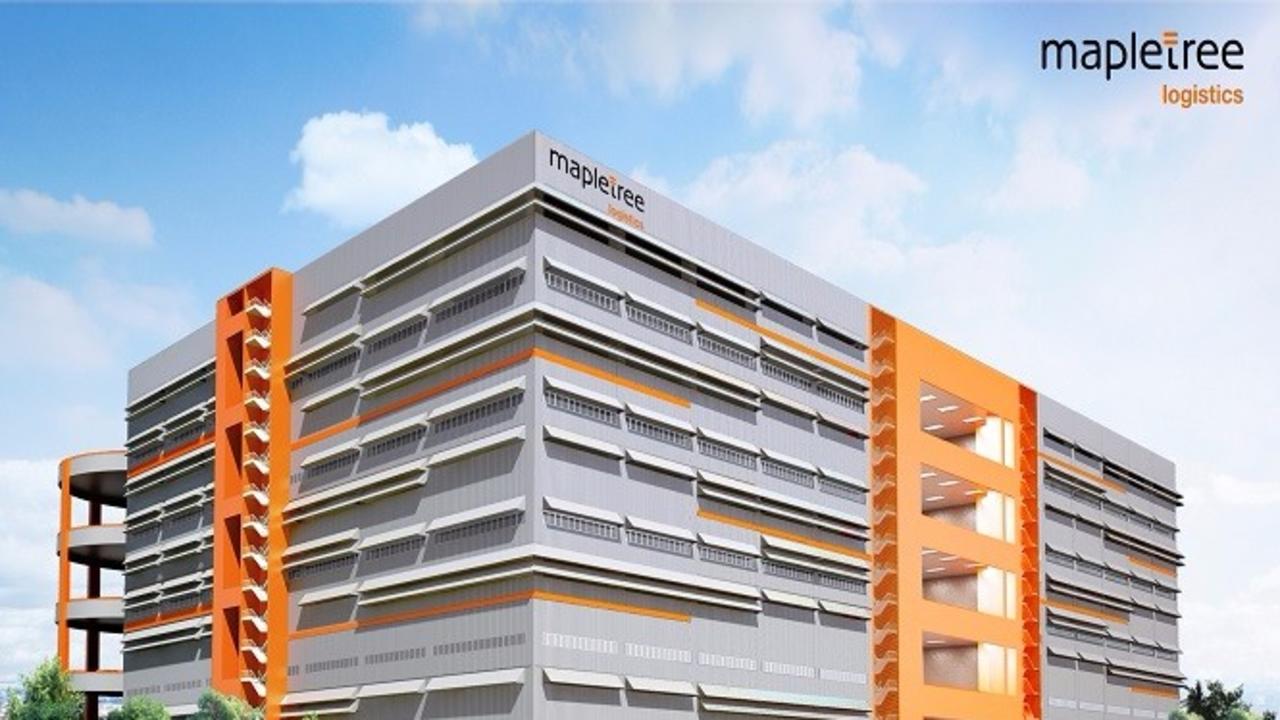Parkway Life REIT (“PLife”) and IHH Healthcare have recently extended their collaboration for another 20 years, with PLife also injecting up to $150 million in renewal capital expenditure, and receiving the right of first refusal (“ROFR”) for Mount Elizabeth Novena Hospital.
They have also announced their 2021 2Q results, and we will be looking deeper into that.
Background
PLife is one of Asia’s largest listed healthcare Real Estate Investment Trusts (“REIT”). It invests in income-producing real estate and real estate-related assets used primarily for healthcare and healthcare-related purposes. As at 30 June 2021, PLife’s total portfolio size stands at 53 properties totaling approximately S$1.99 billion.
It owns the largest portfolio of strategically located private hospitals in Singapore comprising Mount Elizabeth Hospital, Gleneagles Hospital and Parkway East Hospital. In addition, it has 49 assets located in Japan, including one pharmaceutical product distributing and manufacturing facility in Chiba Prefecture as well as 48 high quality nursing home and care facility properties in various prefectures of Japan. It also owns strata-titled units/lots at Kuala Lumpur in Malaysia.
PLife have been expanding their Japan nursing homes over the last few years. Japan is one of the countries with the highest aging population and if they can leverage their expertise, they can move to other countries once aging population becomes a problem there. Due to lower birth rates and, ironically, advancements in healthcare, aging population is an increasing situation in almost every country around the world.
Key Metrics
Distribution Per Unit (“DPU”)
Based on the announcement on 27 July 2021, distributable income grew by 0.7% and 4.0% to $20.5 million and $42.1 million for 2Q 2021 and 1H 2021 respectively and DPU has grown steadily at a rate of 118.2% since IPO.
This metric is Favorable as PLife have been able to continuously grow their DPU via organic means.
It was worth noting however, that Gross revenue have decreased by 2.3% and 1.0% to $29.6 million and $59.6 million for 2Q 2021 and 1H 2021 respectively. Net property income have also decreased by 2.8% and 0.9% for 2Q 2021 and 1H 2021 respectively. The loss of income from the property divested in January 2021 and depreciation of the Japanese Yen, offset by the contribution from a nursing home acquired in December 2020 and higher rent from the Singapore properties.
The increase in DPU was due to adjustments of distributable income, which was mainly due to net change in fair value of financial derivatives. The adjustment thus reflects the true recurring income, which shows that DPU have increased.
Occupancy
Occupancy rate as at 31 March 2021 stands at 99.7%. It is worth noting that their Singapore and Japan assets are committed at 100%, which are the major components of their assets. It is pulled down by PLife’s sole Malaysian medical center, which stood at a dismal 31%. Overall, this is Favorable as it is above my expected healthy occupancy rate of 95% and PLife have been able to fully utilize their assets.
Gearing ratio
Gearing ratio stands at 37% as at 30 June 2021. This to me is Favorable. However, it is considered quite high although still healthy. While it is still a distance away from the recent MAS raised limit of 50%, it suggests a possible rights issue should they decide to take an aggressive stance to expand in the near future.
Interest coverage
The interest coverage stands at 21.6 times, attributable by their low cost of debt of 0.56%. This is Favorable in my opinion and as the general interest rates are hinted to continue to stay low for an extended period of time, I am expecting this indicator to stay favorable in the long run.
Debt maturity profile
Weighted average term to maturity of their debt stands at 3.3 years as at 30 June 2021. This is Favorable and it allows them sufficient time to refinance their debts as they fall due.
Price to Book Ratio
The Price to Book (“P/B”) ratio currently stands at 2.45. This is computed using the closing share price of SGD4.86 on 20 August 2021 and the net asset value per share of SGD1.98 as at 30 June 2021. The P/B ratio is Unfavorable.
It was worth noting however that the share price continued to rise despite being grossly overvalued. We will cover more in the “Key Things to Note” section.
Dividend yield
At 20 August 2021, with a closing share price of SGD4.86 and dividend payout of SGD0.136 for the full calendar year 2020, this translates to a dividend yield of 2.79%.
The dividend yield is Unfavorable. For REITs, a general reasonable range would be around an average of 4.5%. A yield of 2.79% sounds similar to growth equity stocks from other industries.
Nonetheless, there are some interesting rationale for the dividend yield to be compressed and will be covered more in the “Key Things to Note” section.
A lower dividend was recorded in 2021 as the year have not ended yet at the time of writing.
Possible Expansion Targets
Third Pillar
There are currently 2 pillars supporting PLife REIT. They are:
- The Hospitals in Singapore
- The Nursing Homes in Japan
Since the prior year, PLife have mentioned they will be looking to venture into a new market and develop a new stream of revenue. While the timing of this is uncertain, in my opinion it is certainly welcoming. This will allow for them to diversify their revenue and not rely on a single tenant for a large proportion of their revenue.
Based on their financial results, they are in a good position to do so. With the high P/B ratio as well as the heavily compressed yield, it would not be difficult for them to find a yield accretive target. It was worth noting as well that it will work in management’s favor to issue rights to capitalize on the high P/B ratio. Till date, management have not done so and we will see as time progresses.
Key Things to Note
Expensive getting more expensive
There is no denying that PLife is a relatively more expensive REIT compared to others that are available in the market. A yield of 2.79% and P/B ratio of 2.45 exposes investors to higher risks. Given the straightforward business of REITs, their fair value usually should trade around their net asset value.
The key thing to note however, unlike most other REITs, PLife have income visibility. Especially with the recent renewal of 20 years lease, which contributes a substantial portion of their income and servers as a bulwark for PLife as they explore new initiatives. Not to mention that this lease agreement also takes into consideration the Consumer Price Index (“CPI”), and is designed to increase overall rent payable based on the CPI. This is an effective hedge against inflation, which is forecasted to increase significantly compared to historical trends given the amount of stimulus introduced around the world as a response to Covid-19.
Nonetheless, it is still expensive, and something that investors should take note off and decide if they are comfortable with it before investing.
Tenant concentration
For the financial year ended 30 June 2021, Parkway Hospitals Singapore Pte. Ltd. is their top tenant contributing 59.5% of gross revenue. This indicates a heavy concentration of revenue and puts the REIT at the mercy of their customer.
While they have recently renewed the lease, they are still dependent on the financial position of their customers. Cashflows have been tightening for all businesses and rental expense is one of the significant overheads that tenants will wish to cut down on. This might adversely affect the DPU of the REIT moving forward.
It is worth nothing however that the top tenant is a wholly owned subsidiary of Parkway Pantai Limited, who is a wholly owned subsidiary of Kuala Lumpur-based IHH Healthcare, Asia’s largest private healthcare group.
The largest shareholders of IHH Healthcare are Mitsui of Japan (one of the largest sogo shosha in Japan) and then followed by the Malaysian government’s sovereign wealth fund Khazanah Nasional.
This leads me to not expect the tenants to run into cash flow problems in the short term.
Summary

Overall, the metrics indicate that it is favorable to invest in PLife. They are also Covid-19 proof as healthcare continues to be in demand and aging population becomes a widespread problem. A third pillar could potentially see PLife become even more attractive if it enters into a new market that is easily defensible.
However, given its grossly expensive share price, it is difficult to ascribe a reasonable target price for entry and take profit. A REIT that is trading at a significant premium will also experience a bigger capital depreciation if a major correction occurs. The current macro environment suggests such a possibility as the world economy struggles to recover.
For investors, it is a matter of gaining comfort over the structure of PLife and believing that the share price is a natural hedge against time.




